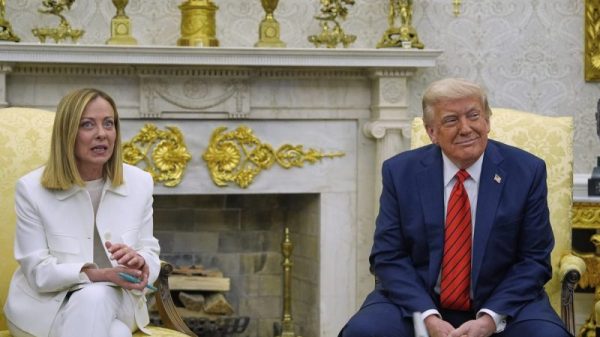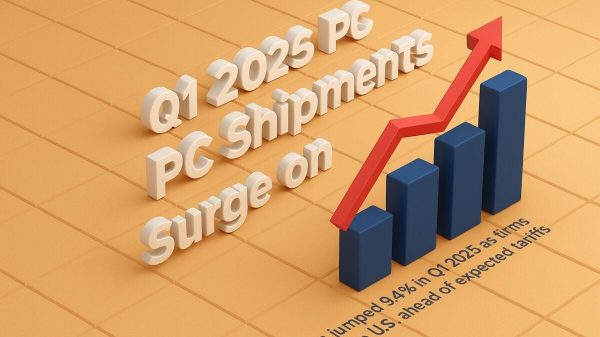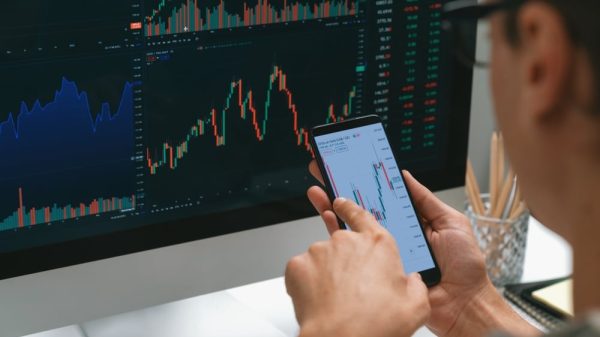Long-Term Forex Trading Strategy for Sustained Success
The Forex market is the largest financial market in the world. Unsurprisingly, there are numerous questions regarding the forex market. People would like to learn more about “long-term Forex trading strategy.” Let’s get started.
Key takeaways
The Forex market is huge. It is the largest financial market.
Traders should monitor central banks, employment rates, inflation, etc.
It is important to take this into account when it comes to selecting a forex trading strategy.
Mastering long-term Forex trading strategies involves a deep understanding of the market, patience, and a disciplined investment approach.
Here’s a comprehensive guide that covers key aspects and strategies for long-term forex trading:
Understanding the Forex market
Market fundamentals
Economic indicators: Understand how GDP, employment rates, and inflation impact currency values.
Political climate: Be aware of how political events and stability in different countries affect their currencies.
Central bank policies: Track the actions of central banks, as their policies on interest rates and money supply directly influence currency values.
Technical analysis
Trend analysis: Use tools like moving averages to identify long-term trends.
Chart patterns: Recognize patterns (e.g., head and shoulders, triangles) that often indicate future market movements.
Indicators and oscillators: Utilize tools like MACD, RSI, and Fibonacci retracements for deeper market insights.
Long-term Forex trading strategies
Now, let’s gather more information about a long-term forex strategy. There are a number of options. Let’s start with position trading.
Position trading
Overview: This strategy involves holding positions for weeks, months, or even years.
Approach: Focus on the overall direction of the market, ignoring short-term fluctuations.
Key considerations: Be patient and maintain a broader perspective on market movements.
Swing trading
Overview: Swing traders hold positions for several days to weeks, capitalizing on expected upward or downward market shifts.
Approach: Identify’swings’ in currency prices and capture the gains from these movements.
Key considerations: Requires an ability to anticipate market movements and a good understanding of market trends.
Carry trade
Overview: This strategy involves buying a currency with a high-interest rate and selling a currency with a low interest rate.
Approach: Benefit from the interest rate differential between two currencies.
Key considerations: Be aware of the risks involved, especially those related to exchange rates and interest rate changes.
Risk management in Forex
We need to mention the role of risk management when it comes to a long-term Forex trading strategy.
Stop-loss orders
Use: Set stop-loss orders to limit potential losses.
Strategy: Place the stop-loss order at a level that represents a reasonable loss, aligned with your risk tolerance.
Position sizing
Importance: Determine the size of positions to manage risk effectively.
Method: Use a percentage of your total investment capital to decide the size of each trade.
Diversification
Approach: Spread your investments across various currencies and strategies.
Benefit: Reduces risk by not putting all your eggs in one basket.
Psychological aspects
Patience
Requirement: Long-term trading often requires waiting for the right market conditions.
Benefit: Patience can lead to more significant, more consistent profits over time.
Discipline
Importance: Stick to your trading plan and resist impulsive decisions.
Method: Set clear rules for entry, exit, and risk management and follow them strictly.
Emotional control
Challenge: Keep emotions in check, especially during market volatility.
Solution: Develop a mindset to accept losses as part of the process and not let them affect your strategy.
Building a long-term Forex trading plan
Set clear objectives
Goal setting: Define what you want to achieve through Forex trading, whether it’s income generation, capital growth, or both.
Time frame: Decide on your investment horizon and how actively you want to manage your trades.
Research and analysis
Continuous learning: Stay updated with market news, economic reports, and political events.
Analysis: Regularly conduct both fundamental and technical analyses to make informed decisions.
Regular review and adjustment
Periodic assessment: Evaluate the performance of your trades and overall strategy.
Flexibility: Be prepared to adjust your strategy in response to changing market conditions or personal financial goals.
Forex market analysis
We can’t finish this article without discussing one important topic: forex market analysis.
Forex market analysis is a critical practice in currency trading, involving the examination of the various factors that influence currency values to make informed trading decisions. This analysis can be broadly categorized into two main types: fundamental analysis and technical analysis.
Fundamental analysis involves assessing the economic, social, and political factors that affect currency supply and demand. Key elements include:
Economic indicators: Economic data such as GDP growth, employment rates, manufacturing output, and consumer spending give insights into a country’s economic health. For instance, higher GDP growth typically strengthens a currency.
Interest rates: Central bank interest rates are pivotal. Higher interest rates offer better returns on investments in that currency, typically leading to an appreciation in value.
Political stability and economic performance: Political events, stability, and policies can significantly impact investor confidence and currency strength. For example, political turmoil can cause the currency to weaken.
Technical Analysis
Technical analysis involves studying historical currency price movements to predict future trends. It includes:
Price charts and patterns: Traders use various chart types (like candlestick, line, and bar charts) to identify patterns that can indicate future price movements.
Technical indicators: Tools such as moving averages, the Relative Strength Index (RSI), and Bollinger Bands help in identifying trends and potential reversal points.
Volume and momentum: Analysis of trading volume and momentum can provide clues about the strength or weakness of a market trend.
Successful Forex traders often combine both fundamental and technical analysis for a more comprehensive market view.
While fundamental analysis offers a broader perspective on the currency’s long-term value, technical analysis helps in pinpointing entry and exit points.
Staying informed about global economic events and regularly analyzing market data is crucial for effective Forex market analysis, leading to more informed and potentially profitable trading decisions.
To sum up, long-term Forex trading is a journey that requires a blend of market knowledge, strategic planning, and emotional control. By understanding the market, employing sound strategies, managing risks effectively, and maintaining discipline, traders can master long-term Forex trading and potentially achieve consistent profits over time.
Remember, success in Forex trading doesn’t come overnight; it’s a result of continuous learning, practice, and patience.
The post Long-Term Forex Trading Strategy for Sustained Success appeared first on FinanceBrokerage.


































